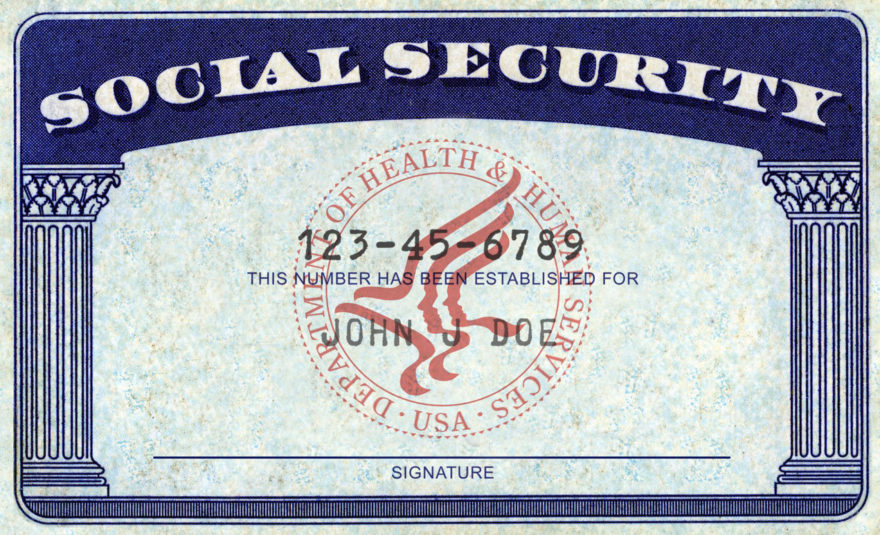Opportunities for a Low Yield World, Part 3
Today’s low rates are challenging for investors and may require changes not just to your investment portfolio, but also your overall financial strategies. In Part 1 of this series, we looked at the potential of rising defaults in high yield bonds and why it’s problematic to buy high yield bonds. Then in Part 2, we looked at four concrete ways to increase your yield today without radically changing your risk profile.
For Part 3, we looking at the broader ramifications of low interest rates on financial planning. My goal is always to explain and educate, but most importantly, to offer tangible solutions. Even in a crisis, there are opportunities.
But before we get into specific financial planning strategies, let’s consider two important points. First, low interest rates penalize savers. But low rates help borrowers. So, this is a great time to be a borrower, especially if you can lock in a low rate for 15, 20, or 30 years. Hopefully the current crisis will be short-lived, but borrowing at these low rates could be beneficial for decades to come.
Second, we should consider inflation. Bonds may be earning only 1%, but if inflation is zero, you would still have a real return of 1%. Your purchasing power is growing by 1%. Now, if bonds were yielding 6% and inflation was 5%, your real return would be the same, just 1%. While real returns are indeed quite low today, inflation is also below the historic average. So, your real returns aren’t as bad as they might appear.
Now, here are nine specific financial strategies to use today’s low rates to improve your situation.
Borrow for Appreciation
1) Refinance Mortgage. This is a great time to refinance your mortgage and lock in a low rate. Try to avoid lengthening the term of your loan and instead use low rates to pay off your mortgage sooner. If you can save 1% or more and plan to be in your home for several years, it will probably make sense to refi. I would be careful, however, of using low rates to buy the most expensive home possible. A home is largely an expense, rather than a great investment. Even better: use low rates to buy new investment properties. If you can borrow money to buy a business, investment property, or other appreciating asset, money is the cheapest it has ever been. Think long-term today!
2) Pay down debt. As long as you have a good emergency fund and a stable job, how much additional cash do you need? If you have student loans, a mortgage, car loans, or especially credit card debt, maybe it makes more sense to pay down your high-interest debt. Especially, debt that is not tied to an appreciating asset. Paying down 5% loans with cash earning 0% will save you interest costs.
Portfolio Adjustments
3) Reallocate away from bonds. With the 10-Year Treasury yielding under 1%, a lot of investment grade bonds and funds are going to have piddling returns over the next decade. Unless you really need to be defensive (maybe you are 5 years from retirement), having 40-50% earning 1% will likely be a drag on your portfolio. I have no idea what the stock market will do over the next 12-24 months. But, I do believe that a 90% equity allocation will probably outperform a 50% equity allocation over the next 30 years. Not everyone should take on more risk, but young people should invest for growth. The historical returns of a 60/40 portfolio are pretty much out the window with today’s low rates.
4) Alternative assets start to look more attractive when bonds are yielding 1%. Perhaps a 50% equity/30% alternative/20% bond portfolio could provide more return with less risk than a 60% equity/40% bond portfolio.
Retirement under Low Rates
5) Delay Social Security for 8% gains. When you delay your Social Security starting date, you can increase your monthly benefit by 8% a year (from age 66 to 70). Where else can you get a guaranteed 8% return today? No where. It may be better to spend down your bonds earning 1% from 62 or 66 until age 70 for the increase in SS benefits. The lower the rate of return from your portfolio, the more valuable the 8% Social Security increase becomes.
6) Take a pension, not a lump sum. If you have a pension from your employer, should you take the monthly payments or a lump sum? The answer will depend, in part, on your rate of return if you invest the lump sum option. Pension benefits have stayed up, but interest rates have moved down, which means that the pension is on the hook for very expensive benefits now. Companies are sweating this. But for a participant, it is tougher today to assume that you can do better by taking the lump sum. If your goal is lifetime income for you and your spouse, let’s run the numbers before making this decision. (We will also want to consider the credit quality of your Pension, its funded status, and your health and longevity profile.)
7) Immediate annuity. You can try to fund your retirement with bond income, but that’s more difficult with low interest rates. Immediate annuity payouts have not declined as much. So today, they are relatively attractive compared to bonds and eliminate the risk of outliving your money. With bonds, you have only two options under low rates: decrease the payout to yourself or start eating into your principal.
Estate Planning for Wealth Transfer
8) Trust Planning and intra-family loans. The Applicable Federal Rate and the 7520 rate are the lowest they have ever been. These low rates create opportunities for advanced financial strategies in estates and trusts. Intra-family loans: if you want to loan money to children or grandchildren for a mortgage, to buy your business, or to buy life insurance on your life, the interest rate required by the IRS is presently only 1.15%, for loans over 9 years.
9) Grantor Retained Annuity Trust. This is an irrevocable trust, which will shift assets outside of your lifetime gift and estate exemption. As the grantor, you receive income from the GRAT, and the remainder goes to your heirs (outside of your estate). The GRAT assumes the current 7520 rate of 0.80%, which is a low hurdle to beat. If your GRAT can do better than 0.80%, the heirs benefit.
Why do this Estate Planning now? The 2020 Estate Tax exemption of $11.58 million is set to sunset and revert to $5.49 million in 2026. If you are above these amounts, now is a great time to plan ahead. Placing assets into a GRAT now would remove their future growth from your estate. So, if you have assets which you think are undervalued today or which you expect will have significant growth going forward, removing them from your estate today could save tremendous future estate taxes for your heirs.
Low interest rates are problematic for savers and for bond holders, but also an opportunity for different financial strategies. Would some of these nine strategies enable you to benefit from low interest rates? I’m here to help you uncover ideas you haven’t considered, examine if they might be useful for you, and implement them effectively. Let’s take a look at your liabilities, your portfolio, your retirement income, and your estate goals and create a comprehensive plan for you.







